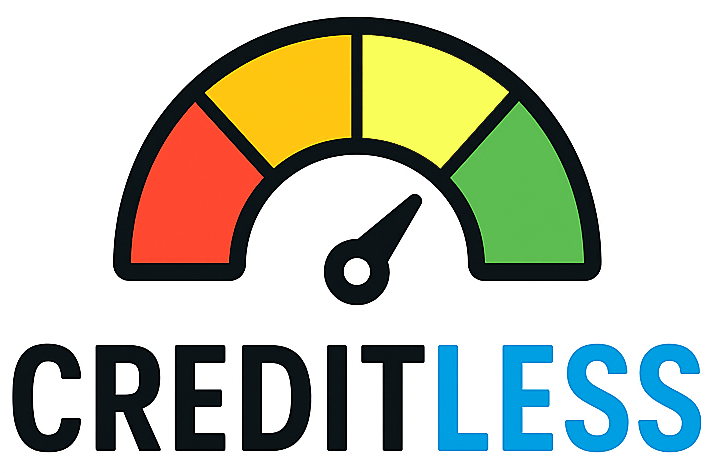Introduction — why this matters now
Across credit reporting and fintech, firms are increasingly using "alternative data" — rent, utilities, phone bills, bank transactions and newer signals from fintech apps — to assess and (in some cases) build consumers' credit histories. That can help people with thin or no credit files, but it also raises privacy, accuracy and reuse risks that every consumer should understand before connecting accounts or opting into reporting services.
What data alternative-data providers typically collect
Different providers collect different fields depending on their product and reporting partner(s). Common categories include:
- Identifying details: name, address, date of birth, email and phone number (used to match records to a consumer).
- Account metadata: account numbers or masked identifiers, account type (rent, utility, loan), account owner or landlord name, lease or account start date.
- Payment history: payment amounts, dates, on-time / late flags, and sometimes returned-payment or collection status.
- Bank and transaction details (when linking accounts): transaction histories, balances, routing and account numbers or tokens provided through an aggregator like Plaid or a direct ACH processor.
- Device and network signals: IP address, device type, browser or app usage data captured when you connect an account or make a payment.
Fintech aggregators and connectors publish similar lists of data they may access when you give permission, including account balances, transaction descriptions and identifiers used to verify accounts. Meanwhile, major data and credit firms describe rent, cash‑flow and other nontraditional payments as typical alternative-data inputs.
Privacy and accuracy risks — what to watch for
When you authorize a rent-reporting service, a BNPL app, or a bank-connector, those parties may:
- Share data with credit bureaus, partners or service providers: reporting means your payment history moves outside the narrow landlord/merchant relationship and into broader credit and data ecosystems.
- Retain and reuse data: some platforms keep historic transaction data and may use it for analytics, underwriting, or product marketing unless their privacy policy limits such uses.
- Introduce accuracy and dispute exposure: firms that furnish data to credit reporting companies are subject to FCRA furnisher obligations, but mismatches (wrong amounts, wrong tenant) can still happen and require dispute work to correct.
- Expose sensitive metadata: device or IP data collected at sign-up can be used for fraud detection but also for profiling; banks’ and fintechs’ privacy notices are often complex and inconsistent, which can cause consumer confusion about sharing and downstream uses.
Regulators are actively reviewing BNPL and alternative-data uses because these products both expand access and create new consumer-protection questions (for example, how BNPL accounts should be reported and what dispute rules apply). That regulatory focus means rules and industry practices remain in flux.
Practical steps to limit risk and protect your data
Before you opt in to a reporting or data‑linking service, consider these actions:
- Read the privacy policy and what is shared: check who data is shared with (credit bureaus, marketing partners, analytics vendors) and how long it is retained.
- Limit scope where possible: use services that report only the specific payment data you want shared (e.g., rent on-time flags rather than full transaction histories) or that allow single-account or statement-only sharing.
- Preserve evidence: keep receipts, lease abstracts and bank statements so you can document a dispute if a reported payment is wrong; furnishers are obligated under the FCRA to investigate disputes.
- Use trusted connectors and revoke access: if you link accounts via an aggregator, review their controls for data deletion and the app’s ability to revoke access; many providers (including major aggregators) document deletion and data‑access options.
- Check your credit reports: monitor Equifax, Experian and TransUnion after you enroll in any reporting service to confirm entries are accurate and to spot unwanted tradelines.
If you have specific concerns about a provider’s practices or a data error, you can file a dispute with the credit bureau and a complaint with regulators (FTC or CFPB) depending on the issue.
